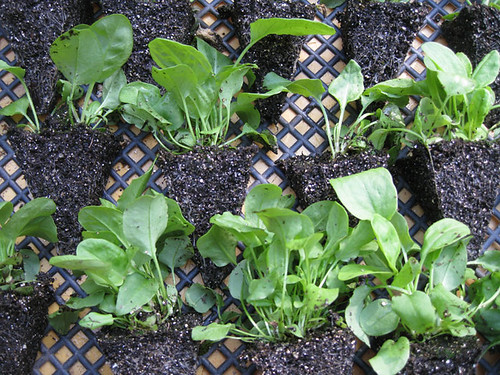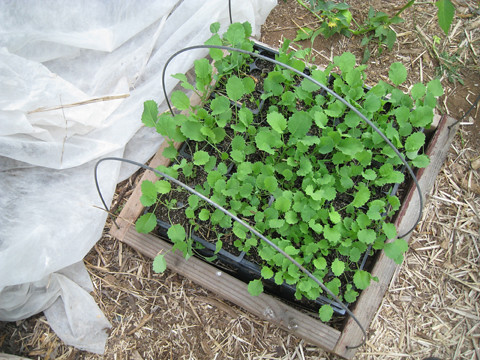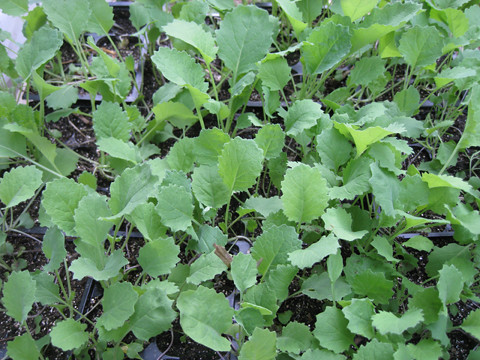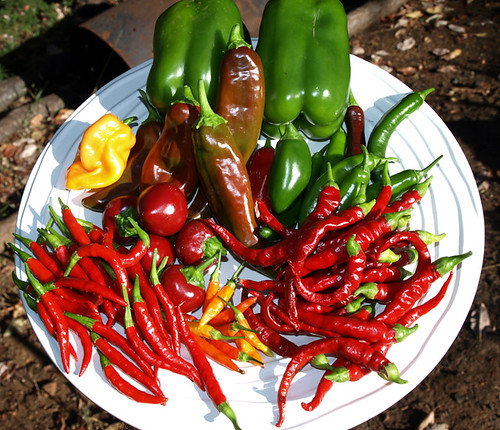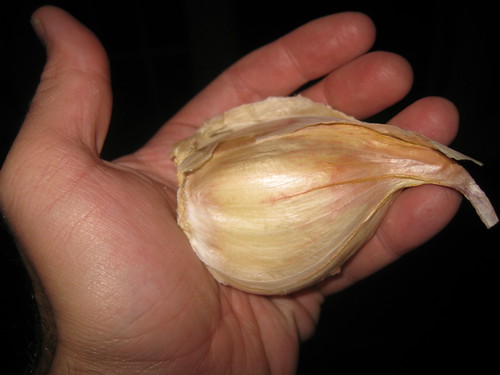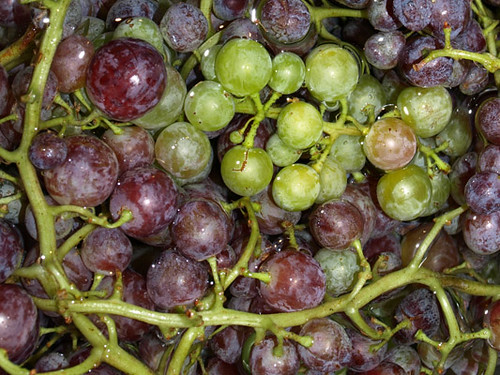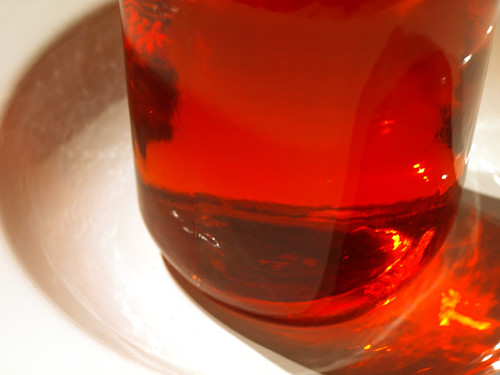 After fasting for 26 hours or so, today I decided to prepare a meal consisting entirely of things from the garden – sort of a mindfulness meal. I made soup using a bunch of vegetables that I harvested today, including 3 kinds of potatoes (not sure which kinds, but they’re the last ones of the year, strays that I discovered while preparing the soil for fall vegetable planting), Jerusalem artichokes, Anaheim, serrano and jalapeño peppers, shallots, garlic, green beans (yellow ones, in truth), tomatillos, 3 kinds of tomatoes (there are finally a few ripe), and herbs including sage, parsley, oregano, chives, garlic chives, and Grecian bay. For dessert, a bit of stewed fruit, including raspberries, blueberries, grapes, lingonberries and cutleaf evergreen blackberries, which are not native but which grow wild quite close to the garden.
After fasting for 26 hours or so, today I decided to prepare a meal consisting entirely of things from the garden – sort of a mindfulness meal. I made soup using a bunch of vegetables that I harvested today, including 3 kinds of potatoes (not sure which kinds, but they’re the last ones of the year, strays that I discovered while preparing the soil for fall vegetable planting), Jerusalem artichokes, Anaheim, serrano and jalapeño peppers, shallots, garlic, green beans (yellow ones, in truth), tomatillos, 3 kinds of tomatoes (there are finally a few ripe), and herbs including sage, parsley, oregano, chives, garlic chives, and Grecian bay. For dessert, a bit of stewed fruit, including raspberries, blueberries, grapes, lingonberries and cutleaf evergreen blackberries, which are not native but which grow wild quite close to the garden.
Here are some thoughts on the experience:
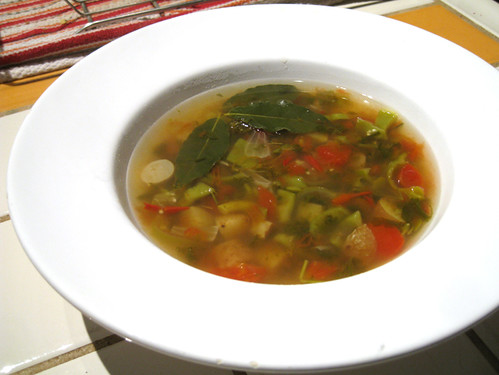 Water – Taking a plant from seed to soup pot takes a whole lot of water. Fortunately, I’ve got a septic system, so the potato wash water makes its way back into the ground on my property (and provides water for the apple, pear and plum trees), but if I wasn’t on a septic, a grey water system would be high on my list of things to install. I’m on municipal water, though there is an old well head that needs refurbishing, a new pressure tank, etc. At some point I’d like to get the well back in service, though it will likely be expensive, and at this time it’s not an immediate priority.
Water – Taking a plant from seed to soup pot takes a whole lot of water. Fortunately, I’ve got a septic system, so the potato wash water makes its way back into the ground on my property (and provides water for the apple, pear and plum trees), but if I wasn’t on a septic, a grey water system would be high on my list of things to install. I’m on municipal water, though there is an old well head that needs refurbishing, a new pressure tank, etc. At some point I’d like to get the well back in service, though it will likely be expensive, and at this time it’s not an immediate priority.
Salt – Generally speaking, food tastes a whole lot better with salt, and salt is something that I can’t harvest locally. After fasting all day, I was craving salt, and so I used one teaspoon, the only thing non-local ingredient added to the meal (which after all wasn’t an exercise in deprivation).
Oil – I choose to make soup instead of stir frying the vegetables because I don’t have any source of homegrown fat (animal or vegetable) in which to fry things. I do have one small olive tree, but it hasn’t fruited yet, and in any case I don’t know how to produce olive oil, and doubt that I could produce enough to make it worthwhile.
Bread – Soup begs for bread. I like baking bread, and I’ve got a couple of sourdough starters with wild-caught yeast, including a fragrant one that I made from my own grapes a couple of years ago. Today I didn’t think about bread until too late, and in any case I don’t grow wheat or other flour-producing grain. Were I attempting to live solely off of the land, flour, salt and oil are things I think I would need to buy or barter for.
Fuel – Propane doesn’t grow on trees, and while there’s plenty of firewood here for cooking, I suppose I got lazy. Another day, perhaps.
Mindfulness takes effort – It’s quite difficult to remain mindful through one spoonful of soup, let alone an entire bowl. When concentration lapsed, I found my mind wandering to other bowls of soup, or conjuring up images of rice or orzo to add, or anticipating the stewed fruit dessert.
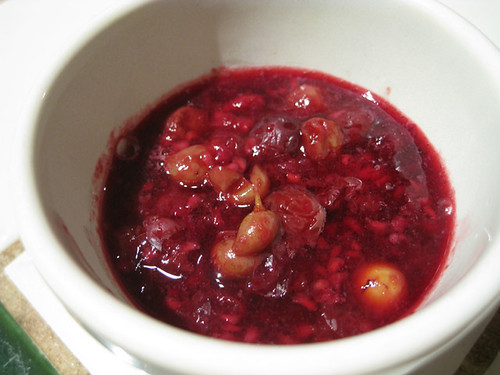 Fasting resets the taste buds – Food of any kind tastes extraordinary after a fast. The soup was incredibly rich and complex, the stewed fruit a revelation.
Fasting resets the taste buds – Food of any kind tastes extraordinary after a fast. The soup was incredibly rich and complex, the stewed fruit a revelation.


